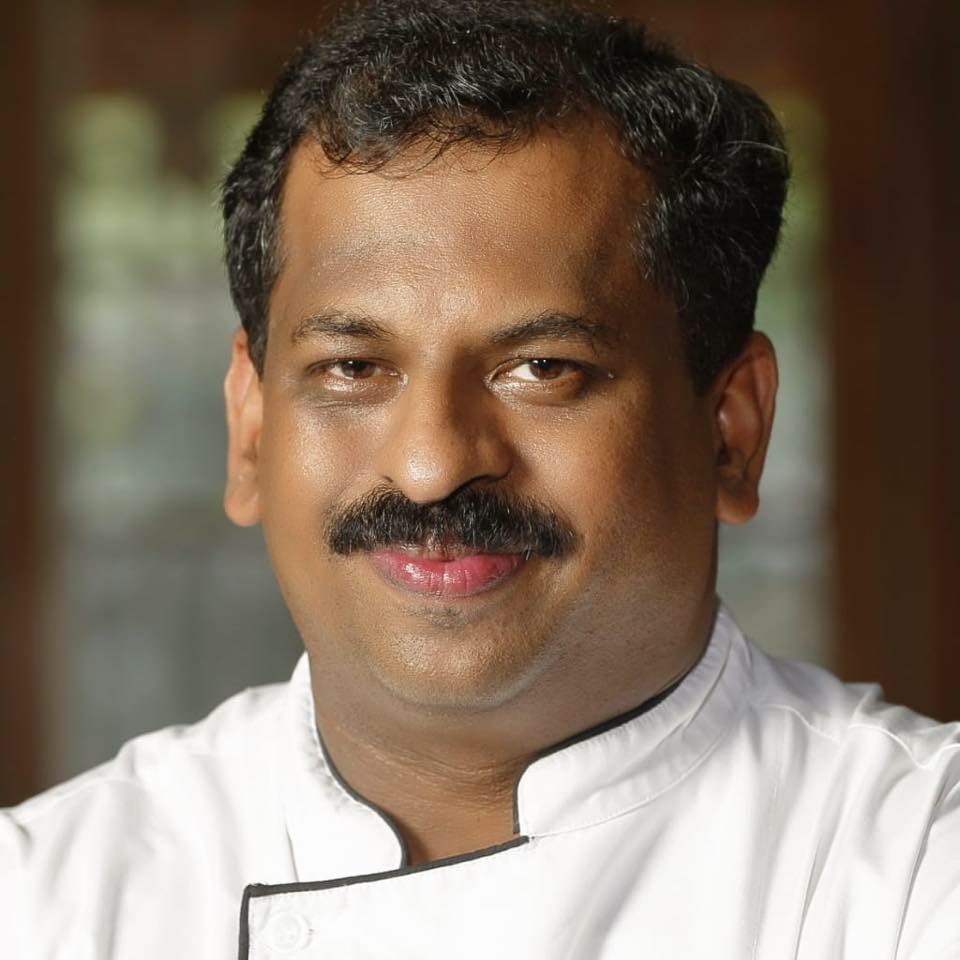Delicious Christmas memories and recipe from a simpler time

Mail This Article
Christmas was a time to celebrate and enjoy great non-vegetarian cuisine at Thekkumbhagom in Chavara in Kollam district, where I grew up. Christian houses in the area prepared delicious chicken and beef dishes during this period and eagerly shared the delicacies with neighbours. During childhood, when we were not well off, I always looked forward to these celebrations every year as I used to be invited by my friend Charlie to his home on Christmas Eve. Charlie’s family hailed from Thoothukudi in Tamil Nadu and had settled in Chavara.

A special dish that I relished during Christmas at Charlie’s house was prepared with plantain. It was made by immersing plantain in coconut milk and referred to as ‘ethakka puthappikkuka.’ I thoroughly enjoyed the dish along with ‘vellayappam’. But the fare at noon on Christmas Day was even better. Crispy buffalo meat, fish curry made the previous day with tuna and pot tamarind and excellent chicken curry constituted the main dishes. This was my routine during Christmas every year till Class 10. At my house, a sumptuous ‘sadya’ was prepared during Onam, but we had to wait till Christmas to relish meat and fish delicacies.
I began joining Christmas celebrations again only later, after shifting to London. There, I visited the homes of my British colleagues during the festival. In that country, all youngsters left home at turning 14 years of age and had a family get-together during Christmas, which was referred to as ‘Roast day.’ I will share the recipe of ‘ethakka puthapichathu’, about which I have many sweet memories. While the typical dish is prepared with plantain, we will try a variation in which jackfruit also is used.
Preparation
Deseed a few ripe jackfruit pods and slice them
Cut a few ripe plantains also
Fry the jackfruit and plantains in a pan along with a little sugar and cardamom
The sugar has to melt thoroughly
Prepare first (thick) milk (onnam paal) and second (thin) milk (randaam paal) from a coconut
When the sugar has melted and blended thoroughly with the fruits so that a syrupy constituency is acquired, add the second milk
A pleasant scent could be experienced
When the fruits start to get cooked in the second milk, add the first milk
Add also a little rice powder dissolved in water
Stir the mixture and continue cooking till it is mashed up
When ready, the dish is an excellent combination with rice cakes such as ‘puttu’, ‘appam’ and ‘idiyappam’


